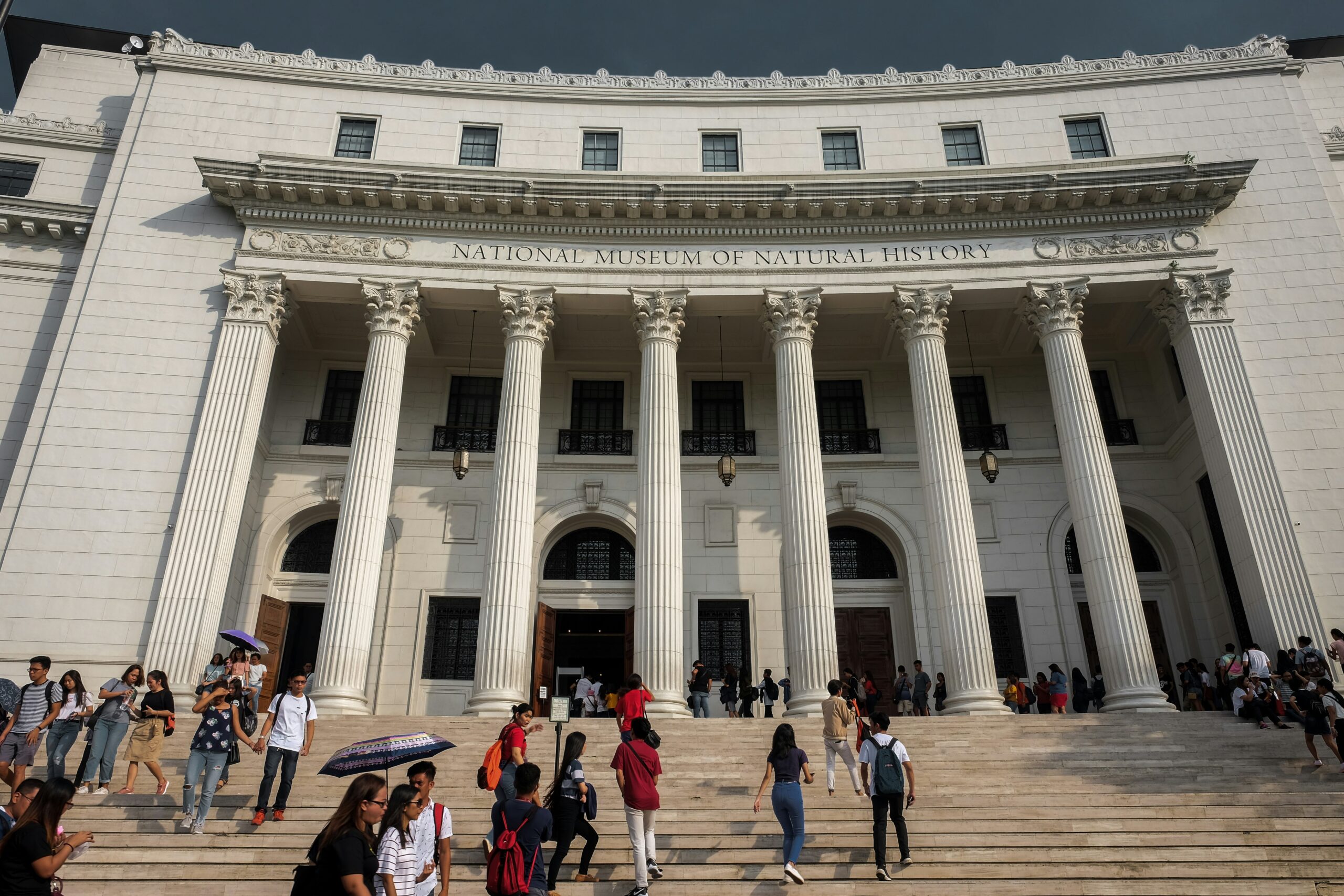The vibrant and rich cultural history of Manila makes it a must-visit destination for first-time travelers in the Philippines. Among its most iconic destinations are Luneta Park, Intramuros, Quiapo, and Binondo, each offering a unique glimpse into the country’s past and present. Whether you’re a history buff, a foodie, or someone seeking to explore the hustle and bustle of one of Asia’s most dynamic cities, these areas are essential stops.
Here’s an essential guide on how to travel in Luneta, Intramuros, Quiapo, and Binondo for first-time visitors.
1. Luneta: A Symbol of National Pride
Luneta, also known as Rizal Park, is one of the most significant landmarks in Manila. It is where the national hero, Dr. Jose Rizal, was executed by the Spanish colonial government. The park is a green oasis in the heart of the city and a perfect spot to begin your tour of Manila’s historic core.
How to Get There:
- By Taxi/Grab: Luneta is centrally located, making it easily accessible via taxi or Grab. If you’re staying near Manila Bay or Malate, it’s just a short ride away.
- By Public Transport: The LRT-1 (Light Rail Transit) has a station at the UN Avenue, which is a 10-minute walk to Luneta.
What to Do:
- Visit Rizal’s Monument: Pay your respects to Dr. Jose Rizal by visiting his monument at the park. It’s a historical symbol of freedom and independence.
- Stroll Around the Park: Luneta is perfect for a relaxing walk or picnic. Don’t miss the beautifully manicured gardens and the historic fountains.
- Sunset at Manila Bay: A visit to Luneta in the late afternoon allows you to enjoy the magnificent sunset over Manila Bay.
2. Intramuros: The Walled City of Manila
Intramuros, the oldest district in Manila, is a fortress-like city that offers a rich blend of Spanish colonial history and Filipino culture. It is a captivating destination for travelers who want to dive deeper into the heritage of the Philippines.
How to Get There:
- By Taxi/Grab: From Luneta, Intramuros is just a few minutes away by car or Grab. It’s a very short drive across the Manila City Hall.
- By Public Transport: The closest LRT station to Intramuros is Central Station, which is about a 15-minute walk from the historic district.
What to Do:
- Fort Santiago: Start your tour at Fort Santiago, a fortress used during the Spanish era and the site of Jose Rizal’s imprisonment before his execution.
- San Agustin Church: A UNESCO World Heritage Site, this church is the oldest stone church in the Philippines and a stunning example of baroque architecture.
- Walk along the Walls: The walls of Intramuros offer beautiful views of Manila. You can also hire a bike or a bamboo bicycle for a unique ride around the area.
- Kalesa Ride: For an authentic Spanish-era experience, take a kalesa (horse-drawn carriage) around Intramuros. This is a fun way to learn about the area’s history while getting a feel for its old-world charm.
3. Quiapo: The Heart of Manila’s Religious and Cultural Hub
Quiapo is a bustling district known for its lively atmosphere and historical significance. Famous for the Quiapo Church and its religious connection to the Black Nazarene, it’s an area where you can witness the juxtaposition of spirituality, commerce, and Filipino street life.
How to Get There:
- By Taxi/Grab: Quiapo is accessible from almost any part of Manila by taxi or Grab.
- By Public Transport: Take the LRT-1 or LRT-2 lines and alight at the Carriedo station, which is just a short walk to Quiapo.
What to Do:
- Visit Quiapo Church: A must-see for anyone interested in Filipino Catholicism, Quiapo Church is home to the revered Black Nazarene. Expect large crowds, especially during the feast day celebrations.
- Explore the Markets: Quiapo is also famous for its street markets. You’ll find everything from herbal medicines to religious artifacts, fresh produce, and inexpensive electronics.
- Try Filipino Street Food: Don’t miss out on traditional Filipino street foods like taho (sweet tofu dessert), fish balls, and banana cue (caramelized bananas on sticks).
4. Binondo: Manila’s Chinatown and a Culinary Wonderland
For many first-time visitors to Manila, Binondo is a culinary adventure that can’t be missed. Known as the world’s oldest Chinatown, Binondo is an exciting area where you can immerse yourself in Filipino-Chinese culture, history, and most notably—food.
How to Get There:
By Taxi/Grab: From Quiapo, Binondo is just a short taxi or Grab ride away.
By Public Transport: The nearest LRT-1 station is Carriedo, which is a 10-15 minute walk from Binondo.
What to Do:
- Walk Through Ongpin Street: The main street in Binondo is Ongpin Street, lined with Chinese restaurants, herbal shops, and Chinese medicine stores.
- Eat at Famous Restaurants: Binondo is a haven for foodies. Must-try dishes include siomai (dumplings), lumpia (spring rolls), noodles, and Peking duck. Popular restaurants include Sincerity Café and Restaurant and Lido Cocina Tsina.
- Binondo Church: The Binondo Church, also known as the Our Lady of the Most Holy Rosary Parish, is a historic landmark and one of the oldest Chinese Catholic churches in the Philippines.
Travel Tips for First-Time Visitors:
- Dress Comfortably: Manila’s weather is often hot and humid, so wear comfortable clothes and shoes. If you’re exploring on foot, be sure to carry water.
- Stay Safe: Be aware of your surroundings, especially in crowded areas. Keep your belongings secure, particularly in busy districts like Quiapo.
- Use Public Transport or Grab: While taxis are available, using Grab (a ride-hailing app) is often more convenient and reliable, especially in busy traffic conditions.
Visiting Luneta, Intramuros, Quiapo, and Binondo offers first-time travelers a glimpse into Manila’s diverse history, culture, and food scene. From the historical significance of Luneta and Intramuros to the religious fervor of Quiapo and the culinary delights of Binondo, these areas are rich in stories and experiences that will leave you with lasting memories. No matter your interests, exploring these iconic districts will give you a deep and memorable understanding of Manila’s charm.







